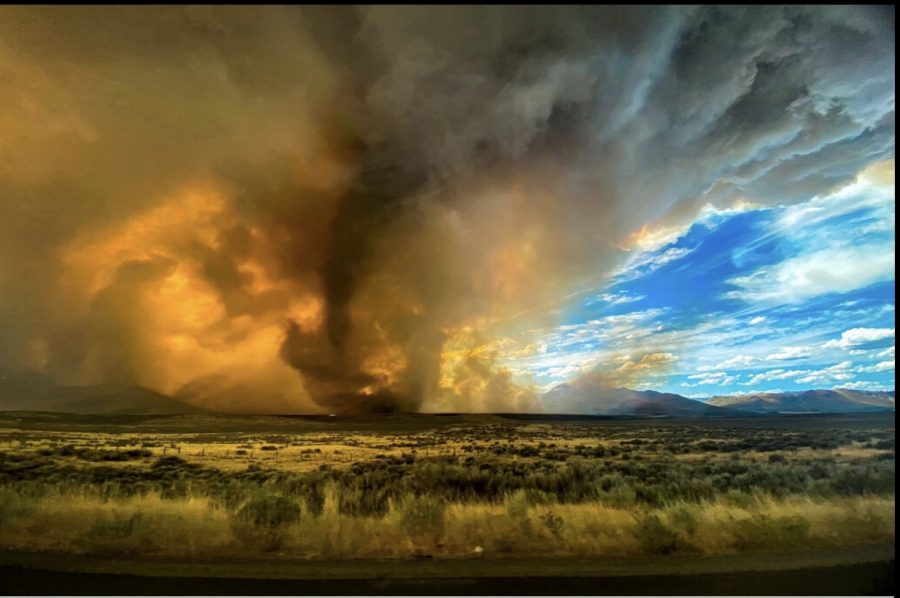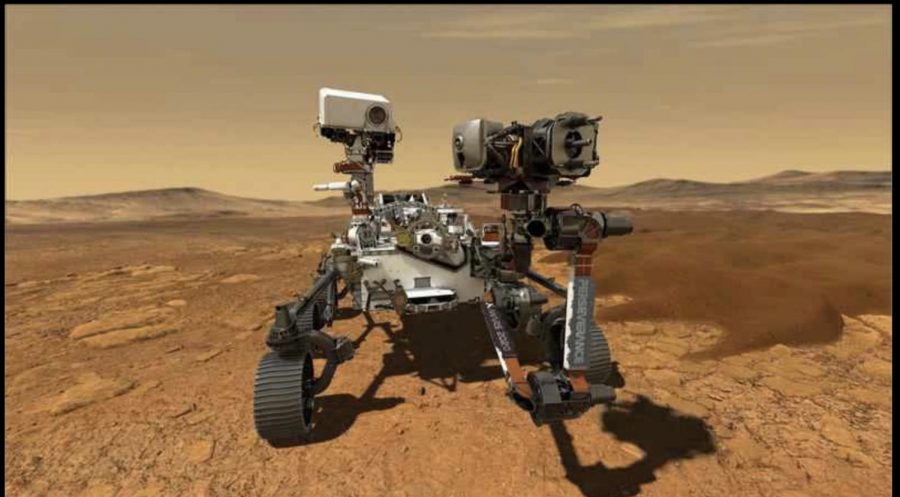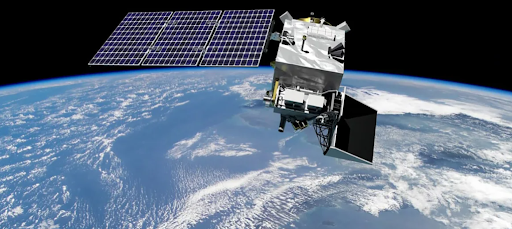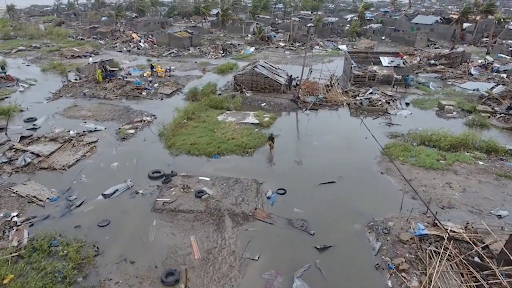Science Newsletter #2: Fire Tornadoes, Perserverance and The Cosmic Universe
Fire Tornadoes Ravage California Alongside Wildfires

This weekend, fire tornadoes were reported in the US for the first time in two years. The last appearance of this phenomenon in the US was in Redding, California in 2018, close to where Sunday’s tornadoes touched down in Loyalton, California. Fire tornadoes are incredibly rare since in order to form, very high wind speeds must be generated by an extremely large fire, in this case, the wildfires currently ravaging California. Normally, wildfires are devastating to the environment as they spread flames over a large region, causing many trees to burn and releasing greenhouse gases into the atmosphere. In addition to the harmful wildfires, fire tornadoes are hazardous to the environment as they delay relief and response times of firefighters, as the area is under a tornado warning. As more fire tornadoes emerge from these wildfires (and as the fires become more dangerous), the deadly weather duo continues to threaten millions of lives. This shows how important it is to protect the environment which is already threatened by non-man-made actions.
A Breakdown of Perseverance, NASA’s Newest Engineering Marvel

For decades, NASA has been investigating Mars to determine whether or not it is habitable for humans. Recently, geologic imaging suggests that life previously existed on Mars due to 1) the presence of craters that could have once contained water and 2) the similarity of Mars to Earth (in terms of day length, size, atmosphere, etc…). NASA’s newest engineering marvel, the Mars rover Perseverance, is set to launch in the next few weeks with a planned arrival at Jezero Crater on February 18th, 2021.Perseverance will scan the planet alongside its companion, Curiosity, which launched in 2011 and landed in August 2012. As Curiosity scans the Gale Crater for life-sustaining elements such as water bodies, Perseverance will search an archaic river delta for possible traces left behind by microscopic life. Using radar, stereoscopic imaging, sensors, chemical composition analyzers and an ultraviolet Raman spectrometer, the new Mars rover will share the biometrics with NASA’s team of engineers and scientists to aid in the identification of potential life on Mars. Scientists are hopeful that Mars will be a habitable planet for humans in the future, and only time and investigation will tell whether this is a possibility or not.
Studying The Future of Our Cosmic Universe

It’s no doubt that our ever-changing universe will one day become unsuitable to sustain life. Whether it be black holes, galactic collisions or immense heat, catastrophic astronomical events will one day wipe out all life in the universe. Cosmologists have theorized about a few possibilities for this future, one being The Big Crunch. This theory suggests the universe will retract rapidly and set planets and stars on fire as they implode in on themselves, releasing an enormous amount of heat and energy. Another theory is The Big Rip, which suggests that the universe will expand forever uncontrollably, resulting in matter tearing itself apart. A different possibility is unstable heat in which matter, energy, and all activity in the universe would cease to function, leaving everything frozen in space. Some theories have gained validity as more observations of space are made, such as Vacuum Decay, in which everything in the universe would end instantaneously. Although anything can happen in the astronomical world, these theories are becoming increasingly possible as scientists discover new information by examining the world beyond our planet.






